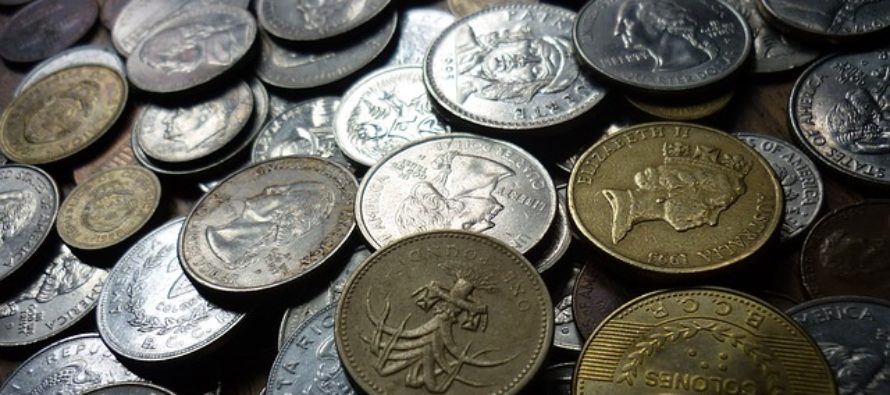Though volatile, EMs can provide higher risk adjusted returns

Emerging markets (EM) have historically exhibited a higher degree of volatility than developed markets (DM), causing them to be labeled as a high-risk investment.
But in spite of their periodic ups and downs, EMs have trended higher over time, providing long-term investors with greater risk-adjusted returns than developed markets (DM). In fact, the MSCI EM Price Index has risen from 288.7 points on August 31, 1998 to 1057.541 points on August 31, 2018 – for a 266% increase 20 years later.
To put the current volatility of the EM price index in perspective, it began 2018 at a level of 1112.937 and has remained above the 1000 mark since then, reaching a low of 1028.013 on August 17 and a high of 1205.213 on January 26.
According to Christine Tan, associate vice-president and portfolio manager with Sun Life Global Investments in Toronto, the gross return for the MSCI Emerging Markets Index for the 15-year period ending July 31, 2018 was 10.21%, compared to 8.23% for the MSCI World Gross Return Index. EMs also outperformed DM over the 20-year period, with a return of 8.02% versus 5.15% on the respective MSCI Indices.
Tan contends that “investors who remain invested through different market cycles” are likely to realize better returns that those who invest during market upswings and get out during market downturns.
Matthew Strauss, vice-president and portfolio manager with CI Investments Inc. in Toronto suggests that getting in and out of EMs is typical investor behavior. He says that “when EMs are in an upcycle” investors looking for places to park money invest indiscriminately in these markets.” But they pull their money out during downturns, heightening volatility which becomes more evident because of their drawdowns.
In these instances, investor sentiment – often driven by the media – adds fuel to the burning volatility fire in EMs, enhancing the perception that they are risky.
But in most instances, the cause of volatility is restricted to individual markets or regions. However, negative investor sentiment tends to drag all EMs down. For instance, at a country level, recent volatility has been driven by currency weakness in the Turkish lira, the Argentine peso, the Indonesian rupiah and the South African rand – triggering volatility across the EM universe.
On the flip side, says Chetan Sehgal, Singapore-based senior managing director of Franklin Templeton Emerging Markets Equity, part of Franklin Templeton Investments [please do not abbreviate to FTI which is the Canadian subsidiary], escalating trade tensions, rising interest rates, and a stronger US$ “may also have an adverse impact on sentiment towards EM.”
He adds: during such periods, EM equities generally display heightened risk aversion, and indiscriminate selling, often at the expense of solid fundamentals. In such cases, “volatility could present buying opportunities for long-term investors.”
In fact, “EM valuations currently look pretty cheap” in the wake of current volatility,” says Arup Datta, senior vice president and head of Mackenzie Investments global quantitative equity team in Boston, Massachusetts.
When EMs are underperforming, there is usually “a longer term window for an extra bump,” he adds. To take advantage of such conditions, Datta recommends that investors have exposure to various markets and advises that they “buy on dips” and “use dollar cost averaging” to even out long-term returns. He advises that investors “look at relative valuations compared to other regions.”
Adds Tan: the key to investing in EMs is “not to focus on the volatility of the asset class” but “to think of how EMs fit into a diversified portfolio whose asset mix has a low correlation, in order to improve overall risk-adjusted returns.”
EM volatility can also be triggered by several other factors. Political risk, for example, which is unique to each country or region, remains a challenge in EMs at large. And so is geopolitical risk which can have broader global implications.
As well, says Strauss, the dependence on global capital, “less so in Asia,” also increases their vulnerability to capital outflows, triggered by rising US interest rates, a strong US dollar and weakness in local countries – which could send their borrowing costs higher.
The underlying problem is that EMs are not as efficient as DMs, says Strauss. “The dedicated pool of EM investors is not as big as the global pool of investors” – leaving EMs with less investor support during periods of turmoil. At the same time, EM investors normally head for safety in DMs when EMs are volatile, creating a vicious cycle of volatility for EMs.
The bottom line is that “anything that can disrupt the global system can trigger EM volatility,” contends Tan.
She advises that investors who are concerned about EM volatility must recognize that EMs are not a homogeneous asset class. Although most EMs now have a domestic component to their growth, all markets do not move in sync with each other. “Some sectors such as consumption, technology and healthcare are less cyclical” and consequently are less volatile.”
A version of the article appeared in Investment Executive.
Dwarka Lakhan
Dwarka Lakhan is a pioneer in emerging markets journalism in Canada. His first emerging markets article, “Africa Joins Ranks of the Emerging,” appeared in Investment Executive, Canada’s leading newspaper for financial advisors, in September 1994. Since then he has written hundreds of articles on the full spectrum of emerging markets and has conducted more than two thousand interviews with emerging and frontier markets investment professionals.
Related Articles
Mid-Year Outlook: The Resurgence of Emerging Markets
The first half of 2017 has been bright for emerging markets, generally speaking. My colleagues Stephen Dover, chief investment officer
Malaysia’s Developing Vision
My travels recently took me to Malaysia, a country that has experienced robust growth rates, but also some growing pains.
Significant Slip—or Just a Blip—in Emerging Markets’ Foreign Exchange Reserves?
For those looking to invest in emerging markets, a steady growth in foreign exchange reserves—in many cases to higher levels



